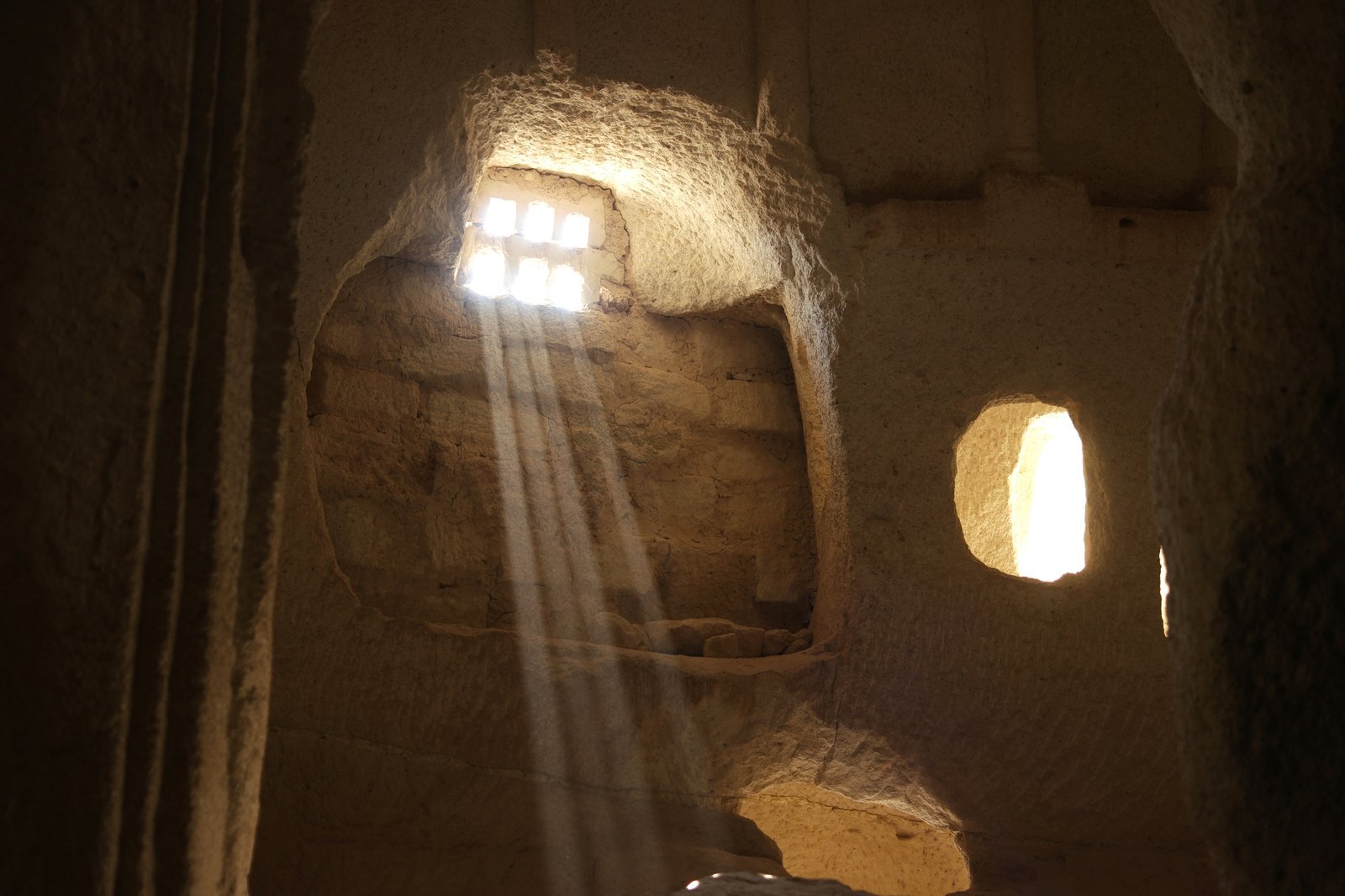Nestled in central Turkey’s mesmerizing landscape of unique rock formations and ancient caves lies Cappadocia—a region rich with history and culture. Among its many stories is one of profound spiritual and cultural transformation. The rise of Christianity in Cappadocia is a tale of resilience, faith, and innovation that left an indelible mark on the region and the world.
This blog explores how Christianity took root in Cappadocia, its significance in history, and the incredible contributions it made to early Christian communities. We’ll guide you through the region’s defining moments and landmarks, offering insight into the spiritual legacy that Cappadocia continues to represent today.
Early Roots of Christianity in Cappadocia
To understand the rise of Christianity in Cappadocia, it’s essential to consider the political and cultural context. During the Roman Empire’s dominion, Cappadocia was a crossroads for many civilizations, blending Greek, Roman, and Persian influences.
Christianity’s introduction to Cappadocia can be traced to the 1st century AD when apostles like Paul brought the message of Christ to Asia Minor. Cappadocia’s geographic location and its dense network of trade routes made it a fertile ground for spreading new ideas. Initially, the Christian faith grew in secrecy, with communities gathering in small, hidden assemblies as the Roman Empire viewed Christianity with suspicion.
Persecution often followed these early Christian groups. Yet, the resilience of the Cappadocian Christians in enduring hardship became one of the defining characteristics of their faith.
The Role of Underground Cities in Preserving Christianity
One of the most fascinating aspects of Christianity in Cappadocia is the role of underground cities like Derinkuyu and Kaymakli. These vast, multi-level subterranean complexes were designed to house thousands of people and provide refuge during periods of persecution.
Cappadocian Christians utilized these underground cities as safe havens to practice their religion freely. They excavated chapels, altars, and communal spaces within the caves, ensuring the continuity of their faith.
The ingenuity displayed in these cities is remarkable. Ventilation shafts, water access points, and secure passageways were created to sustain long-term habitation. These underground communities illustrate the lengths to which Cappadocian Christians would go to preserve their spiritual practices.
Cappadocia’s Impact on Early Church Theology
The rise of Christianity in Cappadocia extended beyond physical survival—it became a center for theological innovation and leadership. By the 4th century AD, Cappadocia was home to the Cappadocian Fathers, three influential theologians who played a key role in shaping Christian doctrine.
The Cappadocian Fathers and Their Contributions
The trio—Basil the Great, Gregory of Nyssa, and Gregory of Nazianzus—were leaders of early Christian thought. They confronted complex theological issues of their time, including the nature of the Trinity and the integration of Greek philosophy into Christian teachings.
- Basil the Great is celebrated for organizing monastic communities and establishing guidelines for communal Christian living. His work also included efforts to care for the poor and establish charitable institutions.
- Gregory of Nyssa, Basil’s brother, is known for his profound spiritual writings and philosophical treatises, which remain influential in Christian theology today.
- Gregory of Nazianzus, a childhood friend of Basil, was an eloquent orator and defender of orthodox beliefs. His theological works are regarded as some of the finest in defining the role of the Holy Spirit in the Trinity.
Through their efforts, Cappadocia became a theological hub that enriched Christianity’s foundations and helped it grow as a scholarly religion that appealed to a diverse audience.
The Byzantine Influence on Christianity in Cappadocia
By the 4th century AD, Christianity became legally recognized under Emperor Constantine’s Edict of Milan. This marked a significant turning point for Christians in Cappadocia, allowing them to openly practice their faith. With this newfound freedom, the Christian community flourished.
Cappadocia’s rocky landscapes became canvases for Byzantine art and architecture during this period. Monasteries and churches were meticulously carved into the region’s volcanic rock, adorned with frescoes that depicted biblical stories and saints.
The Göreme Open Air Museum is one of the most stunning examples of this heritage. Here, visitors can see rock-cut churches like the Tokalı Church and the Karanlık Church, which feature vibrant frescoes illustrating the life of Jesus Christ. These masterpieces offer a glimpse into the religious devotion that shaped Cappadocia for centuries.
Legacy of Christianity in Cappadocia Today
The rise of Christianity in Cappadocia left an enduring legacy. Today, the region attracts pilgrims, historians, and curious travelers eager to experience its spiritual and historical treasures.
Walking through the underground cities, visiting ancient rock-hewn churches, or reading the works of the Cappadocian Fathers helps one grasp the impact Christianity had on this unique region. Cappadocia’s history is not just a regional story—it is a global testament to faith, innovation, and cultural resilience.
Discover the Religious and Cultural Riches of Cappadocia
The story of Christianity in Cappadocia is one of courage and transformation. From the hidden underground cities to the theological contributions of the Cappadocian Fathers, every chapter of this history reveals the pivotal role the region played in shaping Christianity.
Whether you’re a student of history, a spiritual seeker, or someone enchanted by Cappadocia’s stunning landscape, there’s something profound to discover here. Next time you visit Turkey, immerse yourself in the legacy of this awe-inspiring region.
